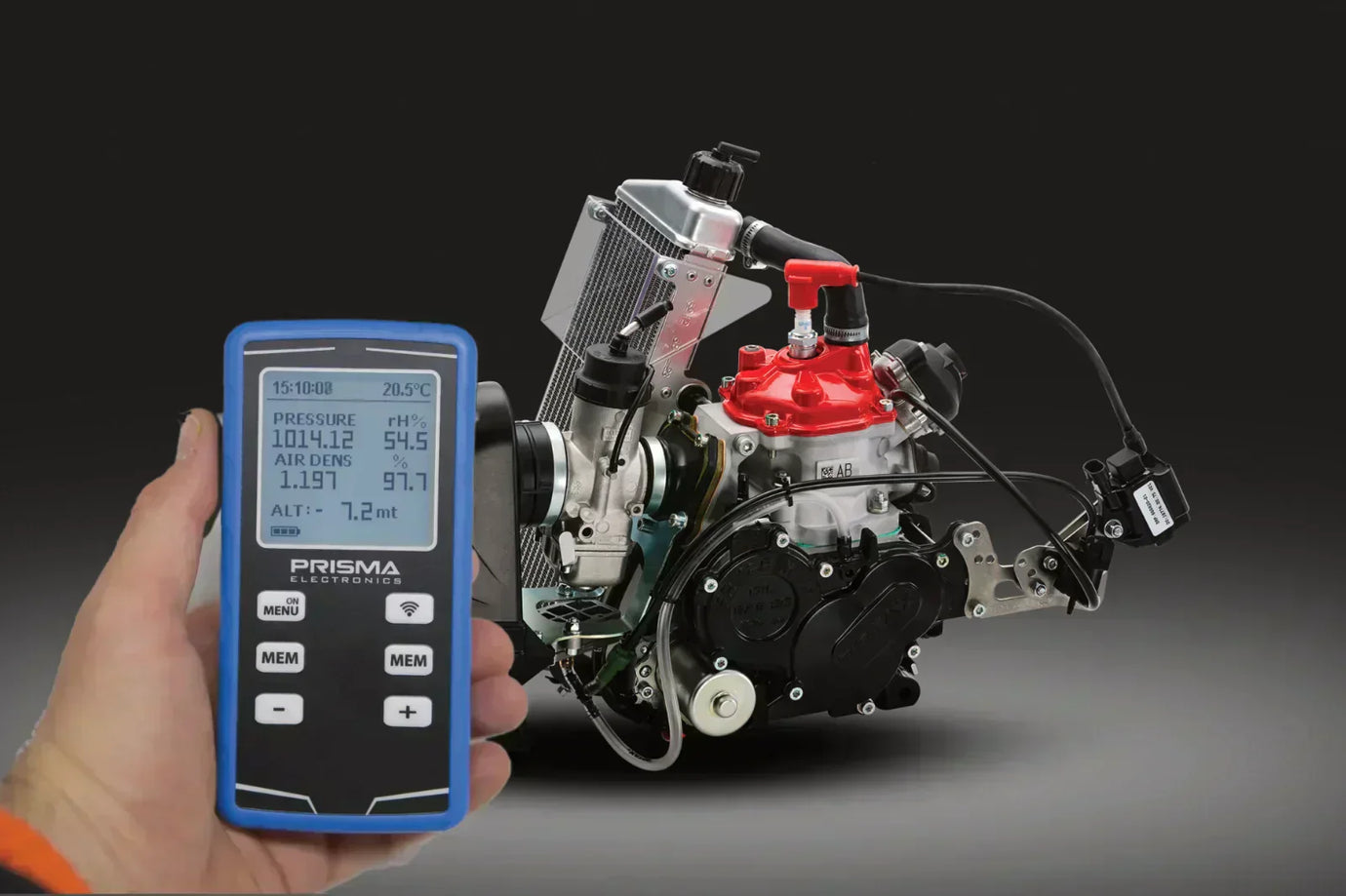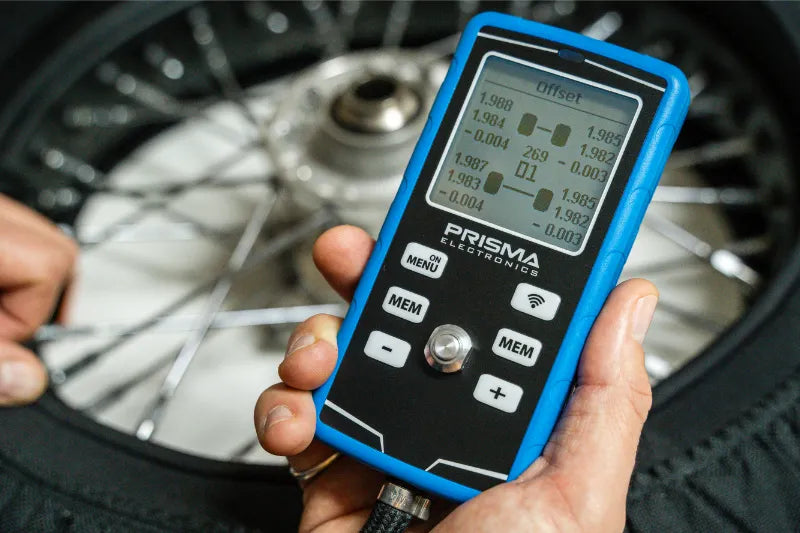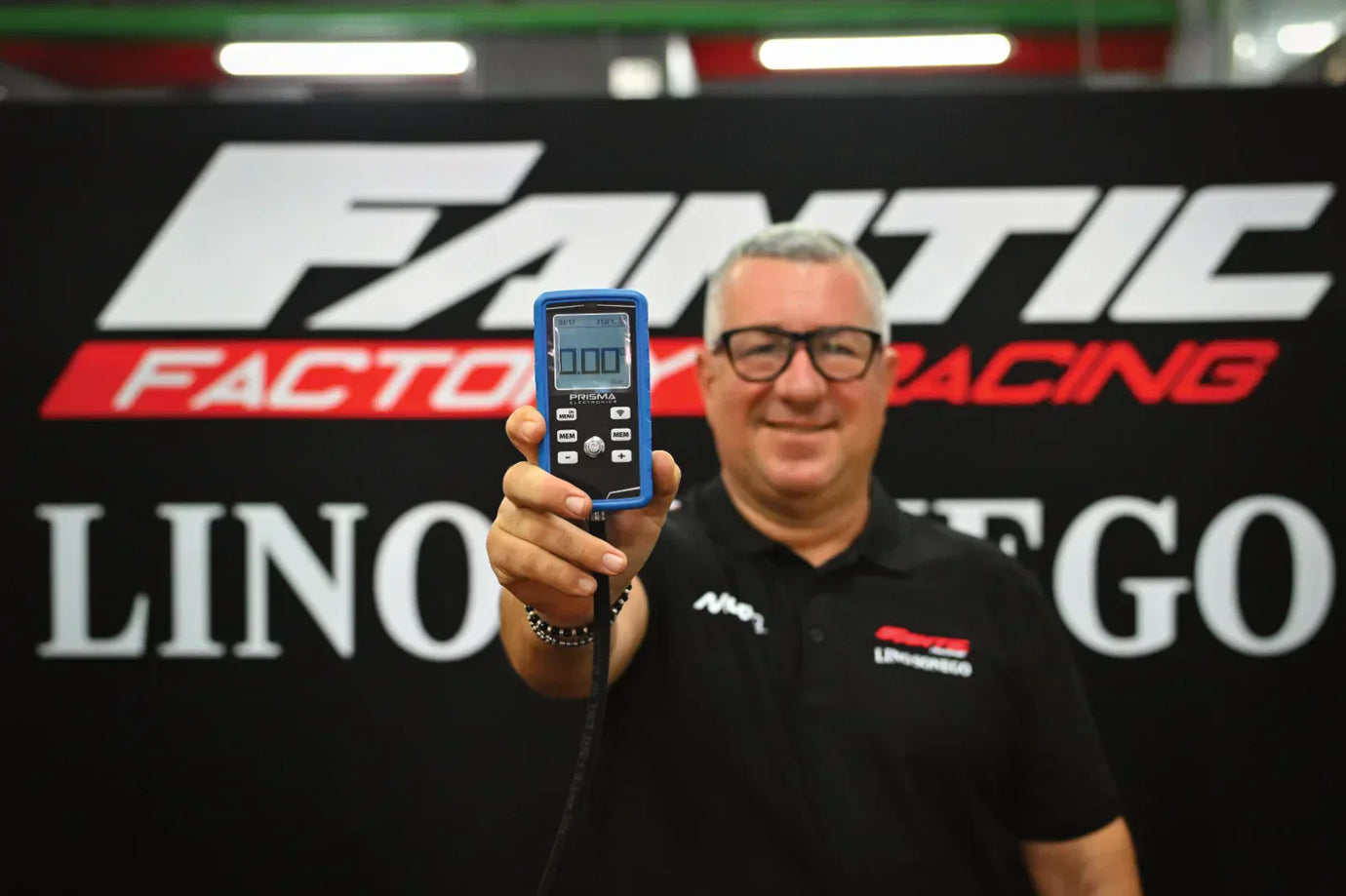Le Mans 2023: Tyre warmer make a comeback to ensure safety and performance in the most important race of the year
In the next edition of the world’s most important endurance race, the FIA and ACO have exceptionally approved the use of tyre warmer to bring the tyres to temperature during the race.
Starting this year, the regulations have banned the use of tyre warmer to eliminate energy-consuming devices required to bring the tyres to temperature, moving towards a more sustainable philosophy.
However, there have been several incidents in the early races at Sebring and SPA, where some teams experienced various issues and damaged cars because the risk of losing control with tires outside the correct temperature range is very high with these high-performance cars.
Safety has prevailed for this race, with a promise to continue towards a sustainable approach in the future.
Why do tyres lose grip when used outside the temperature range?

Measure tyre temperature with a needle probe pyrometer | Prisma Electronics
This range narrows down based on various factors such as tyre compound, carcass type, and tyre manufacturing.

Tyre temperature VS degradation | Prisma Electronics
In endurance races like the 24 Hours, there are various race scenarios that result in tyre starting temperatures significantly outside the zone of maximum performance if they are not preheated. Consider night stints where the ambient temperature can be around 10°C. In the early laps, tyres at such low temperatures have significantly lower grip levels than what is required by GT cars.
Different strategies were implemented to quickly heat up the tyres in the early races where the use of tyre warmer was prohibited:
- Running very low tyre pressures to immediately engage the tyre carcass and bring them to temperature.
- Brake balance adjustments aimed at rapidly heating the braking system and thus radiating heat towards the wheel and tyres.
- Interior vents in the car to direct hot air towards the tyres.

Digital pressure gauge with pyrometer for measuring tyre temperatures used by Team Iron Lynx in the 24 Hours of Le Mans | Prisma Electronics
Therefore, it is crucial in motorsport to utilize tyres within the correct temperature range to achieve maximum performance and minimize degradation.








 PISAM • Online Support
PISAM • Online Support